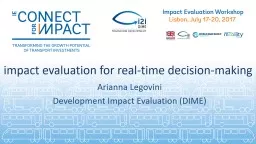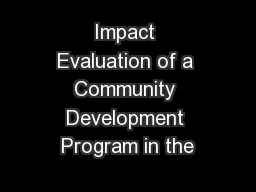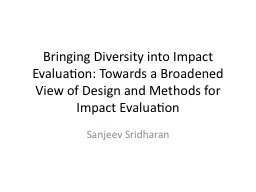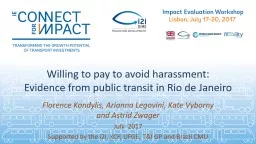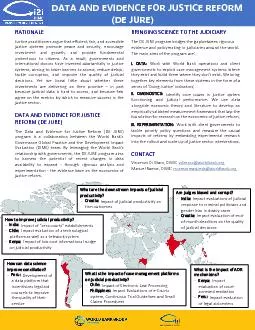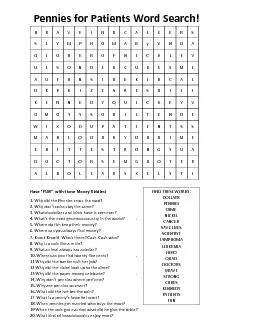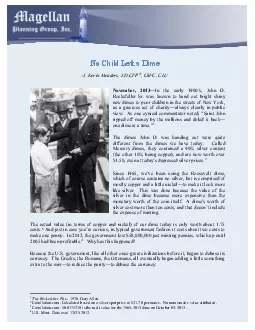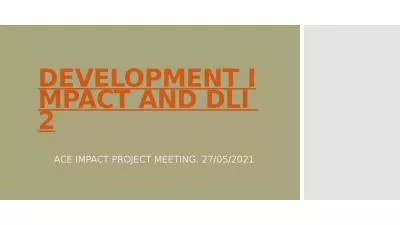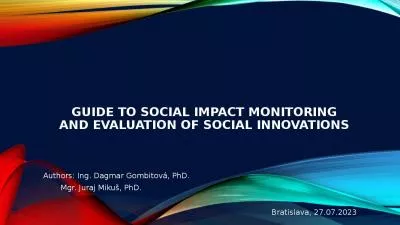PPT-Arianna Legovini Development Impact Evaluation (DIME)
Author : tatiana-dople | Published Date : 2018-03-23
impact evaluation for realtime decisionmaking Why are WE here today We are here to get better at what we do A simple idea research to inform a process of adaptive
Presentation Embed Code
Download Presentation
Download Presentation The PPT/PDF document "Arianna Legovini Development Impact Eval..." is the property of its rightful owner. Permission is granted to download and print the materials on this website for personal, non-commercial use only, and to display it on your personal computer provided you do not modify the materials and that you retain all copyright notices contained in the materials. By downloading content from our website, you accept the terms of this agreement.
Arianna Legovini Development Impact Evaluation (DIME): Transcript
Download Rules Of Document
"Arianna Legovini Development Impact Evaluation (DIME)"The content belongs to its owner. You may download and print it for personal use, without modification, and keep all copyright notices. By downloading, you agree to these terms.
Related Documents

